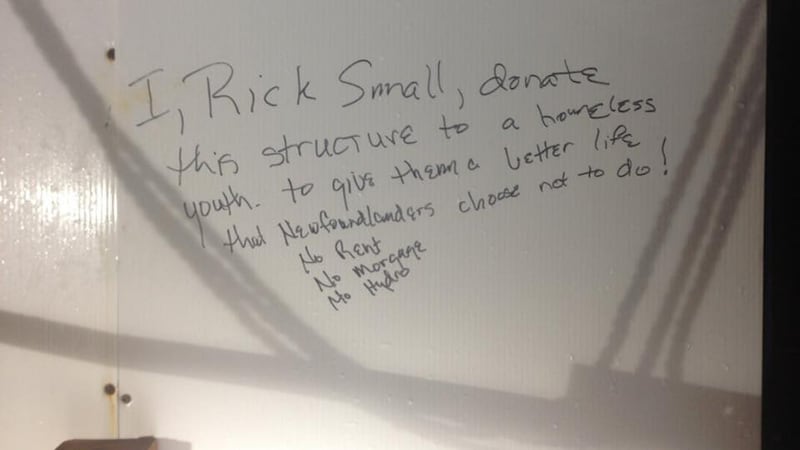A makeshift solar-powered houseboat has washed up on a beach in Co Mayo after apparently drifting across the Atlantic Ocean from Canada.
Authorities say the owner was intending to sail on the “floating caravan”, but was talked out of it before it broke loose from its mooring in Newfoundland within the last few months.
Locals on Cross Strand Beach on the Muller Peninsula spotted the boat, sparking an emergency rescue mission by lifeboat and coastguard crews.

No one was found aboard the 20ft timber and polystyrene boat but a message scrawled inside gave a clue to its origins. "I, Rick Small, donate this structure to a homeless youth to give them a better life that Newfoundlanders choose not to do! No rent, no mortgage, no hydro."
Mr Small is an eco-adventurer from Ontario, who has travelled 7,000km (4,350 miles) across Canada, from British Columbia to Newfoundland, on a solar-powered tricycle.
‘Broke loose’
The Irish Coast Guard have been in contact with their Canadian counterparts in Halifax. "They said the owner was hoping to cross the Atlantic in it, but they managed to discourage him," a spokesman said. "It was last seen in Portugal Cove in Newfoundland during the summer and it broke loose. The Halifax authorities were amazed it made it to Ireland and was in one piece."
Michael Hurst, of the Ballyglass Coast Guard unit in Co Mayo, was one of the first at the scene when the vessel washed ashore.
“I didn’t know what to think, I was just concerned about safety and securing it,” he said. “Then I thought: where in the name of God did this come from and who built it?”
Mr Hurst described the houseboat as like a “floating caravan” made from timber off-cuts, polystyrene, spray foam and Perspex windows with solar panels.
It is around 20ft long, 10ft high and about 12ft wide, he said. “I wouldn’t like to go out on it,” he added. “But if you were homeless, it would be like a castle.”
Crews used ropes to secure the vessel, which will now be handed over to Mayo County Council.
Locals are already talking about restoring it for use as an attraction on the Wild Atlantic Way tourist route.









